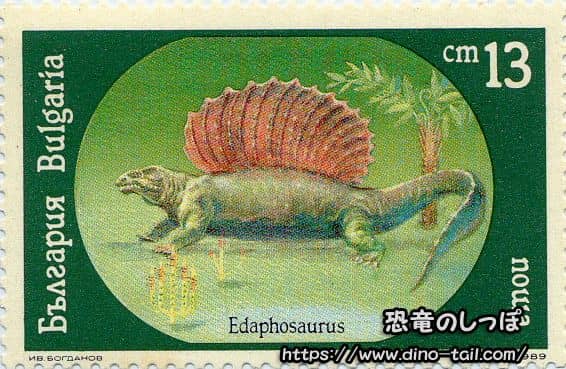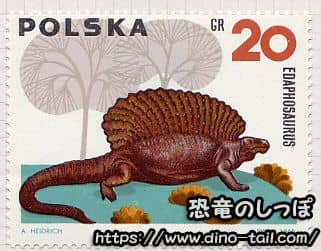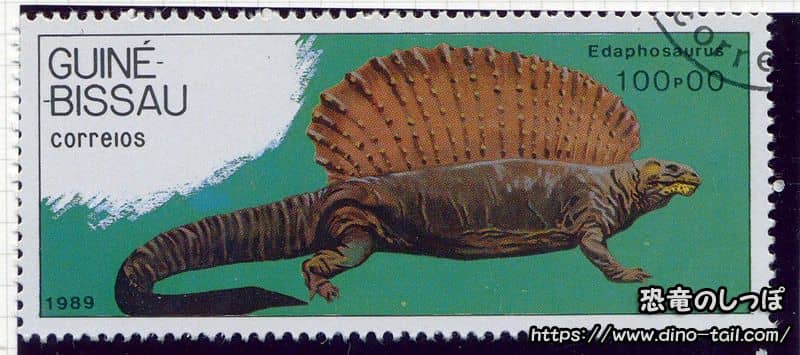About Edaphosaurus
| Scientific Name (Genus) | Edaphosaurus |
| Meaning of Name |
Pavement lizard
edaphos (ground, pavement) [Greek] + sauros (lizard) [Greek] |
| Classification | Pelycosauria, Edaphosauridae |
| Total Length | 3.0 - 3.5m |
| Diet | Herbivorous |
| Period |
Early Carboniferous - Early Permian
(approx. 323 - 256 million years ago) |
| Sub-classification / Species Name |
Edaphosaurus cruciger
Edaphosaurus pogonias Edaphosaurus novomexicanus Edaphosaurus boanerges Edaphosaurus colohistion |
| Year of Paper Publication | 1882 |
| Genus Name Publication |
Third contribution to the History of the Vertebrata of the Permian Formation of Texas.
Proceedings of the American Philosophical Society. 20. by Cope, E.D. 1882. |
Features
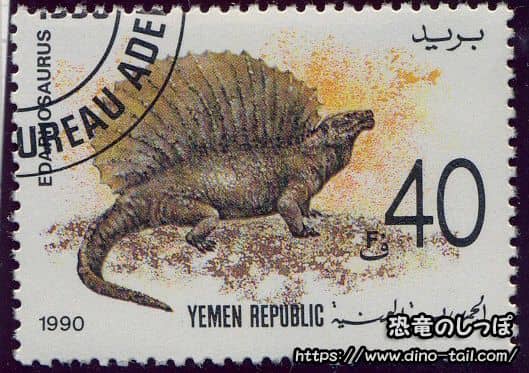
Edaphosaurus is a synapsid that flourished from the Carboniferous to the Permian, a time before the dinosaurs. Synapsids are the lineage that would later evolve into mammals , branching off from dinosaurs and modern reptiles at the base of the tree of life. This means Edaphosaurus is a much closer relative to us humans than to Tyrannosaurus.
It was also one of the earliest large animals to adapt to a herbivorous diet on land.
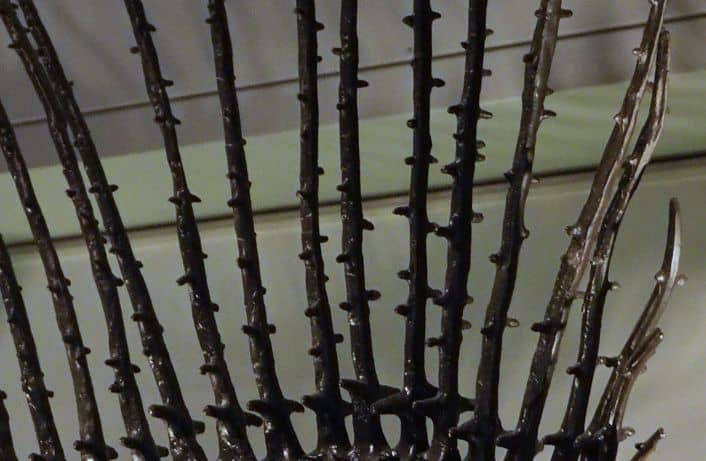
The sail on Edaphosaurus's back was formed by elongated vertebral spines, reaching a height of 70-80 cm. The carnivorous Dimetrodon, which lived in the Early Permian, had a similar sail, but the function of the large sail seems to have been different between Edaphosaurus and Dimetrodon. Dimetrodon's sail had blood vessels, while Edaphosaurus's sail shows no trace of them. While Dimetrodon's sail likely served a heat-exchange function, Edaphosaurus's sail must have had a different role .
What function did the sail of Edaphosaurus have? The spines of Edaphosaurus's sail have small, bony projections extending laterally. Since the arrangement of these lateral projections varies between individuals and lacks regularity, it is believed that the sail developed for individual identification .
Another important feature of Edaphosaurus is found in its mouth. As its genus name "pavement lizard" suggests, its palate (the roof of its mouth) and lower jaw had plates of countless small teeth, forming a "pavement of teeth." It is thought that they tore off tough plants with their small heads and then ground them up by moving their jaws back and forth against these tooth plates.
Relationship with Dimetrodon
In the Permian ecosystem of North America where Edaphosaurus lived, the large, carnivorous synapsid Dimetrodon, which also had a sail, reigned at the top.
Edaphosaurus was one of the most common large herbivores on land at the time and is thought to have been a major prey item for Dimetrodon. This established one of the earliest "predator-prey" relationships among large terrestrial vertebrates in Earth's history. The sail of Edaphosaurus may have also played an important role as a display to make itself look larger to predators like Dimetrodon.
The Role of the Sail in Early Edaphosaurus Research
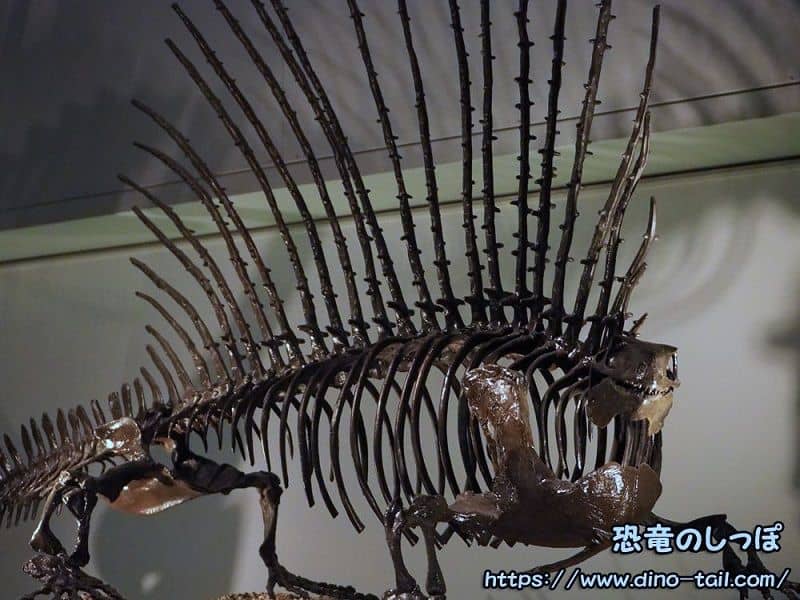
Edaphosaurus was described by the American paleontologist Edward Drinker Cope in the 1880s. When he described the name Edaphosaurus in his 1882 paper, the sail on its back was not yet known. In 1886, Edward Cope mentioned a sail similar to that of Dimetrodon (but different in its lateral projections) and thought it was an organ for propulsion in water.
In 1905, paleontologist O. M. J. Jaekel published a paper in the German academic journal "Zeitschrift der Deutschen Geologischen Gesellschaft. 57" proposing that the sail of Edaphosaurus was for defense.
As mentioned earlier, both of these theories are now rejected, and it is believed that it developed for individual identification.
Edaphosaurus Stamp and Fossil Gallery
